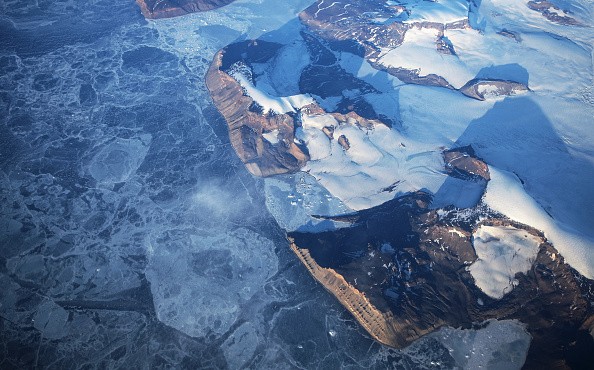
A rare occasion has occurred as the mysterious green bloom is spotted afloat the Ross Sea. The strange image on the continent was captured by a satellite. NASA's Earth Observatory released the photos on March 9.
According to Australia's Antarctic Climate and Ecosystems Cooperative Research Center marine glaciologist, Jan Lieser the green-hued ice might be because of phytoplankton. It was also in 2012 where she and her team recognized a gigantic green tinge in February with another occurrence in earlier March that measured to about 124 miles or 200 kilometers long and 62 miles or 100 kilometers wide.
Scientists who are on exploration to inspect the green churns are not free-floating algae but sea ice where algae grow. The present late-season tinge seems to have been stuck in the sloppy sea ice which is just about to form, the reason for the green color. It is uncertain if the algae bloom gets entombed inside or underneath the sea ice itself, as reported by Live Science.
The organism that gave the sea ice its green coloring is called phytoplankton which flourishes all across Antarctica in the summer. It starts to become abundant from October to February since Antarctica is located in the Southern Hemisphere. Although it's already autumn in the subzero continent, it is possible for algae blooms to occur in the Antarctic fall as well, as stated by the Earth Observatory.
According to Mail Online, the Operational Land Manager or OLI captured the images and an instrument that mounts on the Landsat 8 American Earth observation satellite. It takes photos of a wide range of the Earth's topography as well as the planet as a whole once every 16 days.
The resolution which is high enough was used to capture images and differentiate structures such as buildings, forest, farms, and others. On March 5 of this year, OLI took some snapshots of Antarctica's Granite Harbor which is a cove in the region of Ross Sea. Phytoplankton plays a major key role in the Southern Ocean's ecology as it provides food and nourishment to whales, fish, zooplankton, and other marine creatures.



